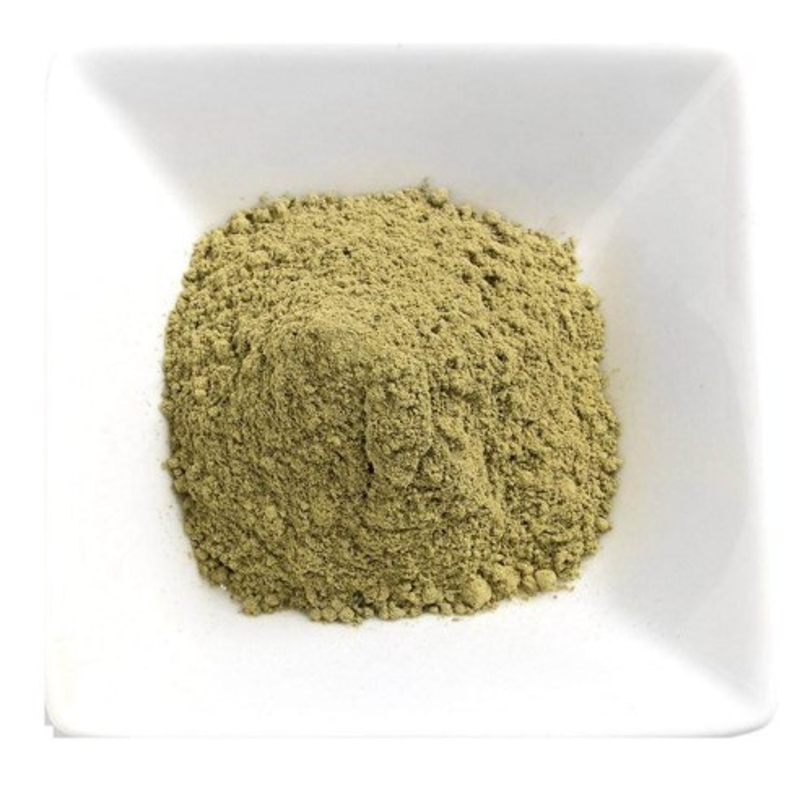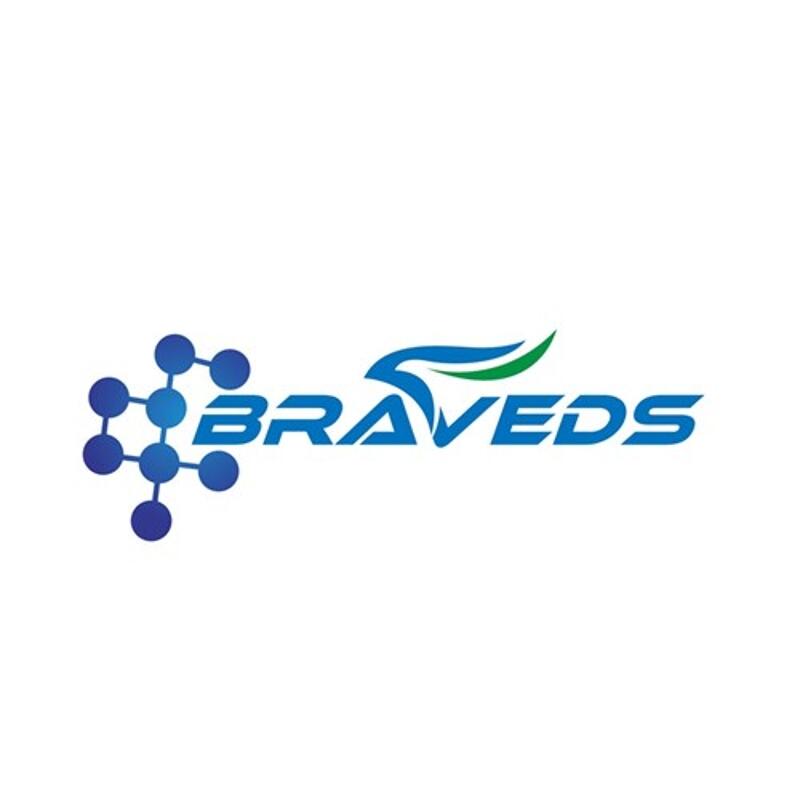-
Categories
-
Pharmaceutical Intermediates
-
Active Pharmaceutical Ingredients
-
Food Additives
- Industrial Coatings
- Agrochemicals
- Dyes and Pigments
- Surfactant
- Flavors and Fragrances
- Chemical Reagents
- Catalyst and Auxiliary
- Natural Products
- Inorganic Chemistry
-
Organic Chemistry
-
Biochemical Engineering
- Analytical Chemistry
-
Cosmetic Ingredient
- Water Treatment Chemical
-
Pharmaceutical Intermediates
Promotion
ECHEMI Mall
Wholesale
Weekly Price
Exhibition
News
-
Trade Service
2-(Thiocyanomethylthio)benzothiazole, commonly abbreviated as CBT, is an organic compound that is widely used in various applications in the chemical industry.
CBT is an important building block in chemical synthesis and can be converted into a variety of downstream products.
Upstream Industry
The production of CBT involves several steps, starting with the synthesis of the starting materials.
The first step in the synthesis of CBT is the reaction of thiocyanomethane with sodium sulfide to form sodium thiocyanate.
The sodium thiocyanate is then treated with benzaldehyde and sodium hydroxide to give 2-(thiocyanomethyl)benzothiazole.
Finally, the 2-(thiocyanomethyl)benzothiazole is treated with hydrogen sulfide to form CBT.
The production of CBT is carried out by a select group of chemical companies that specialize in the synthesis of organic compounds.
These companies use a variety of production methods and technologies to produce CBT at a large scale.
The production of CBT involves a number of steps, including the synthesis of the starting materials, the reaction of the starting materials, purification, and packaging.
Downstream Industry
CBT is used as a building block in the production of a variety of downstream products.
One of the most common downstream products of CBT is the herbicide, pesticide, and fumigant, known as metribuzin.
Metribuzin is widely used in agriculture to control weeds and pests.
Another downstream product of CBT is the plasticizer, known as DOP (di-2-ethylhexyl sebacate).
DOP is used to increase the flexibility and reduce the glass transition temperature of plastics.
It is used in a wide range of applications, including in the production of plastic films, fibers, and cable insulation.
CBT is also used in the production of dyes and pigments.
For example, it is used in the production of the yellow dye, Sunbrite Yellow, which is used in textile printing and dyeing.
In addition to these specific downstream products, CBT is also used in the production of a wide range of other chemicals and products.
For example, it is used as a chemical intermediate in the production of pharmaceuticals, fragrances, and flavorings.
Market and Outlook
The market for CBT is expected to grow in the coming years due to its widespread use in the production of a variety of downstream products.
The demand for CBT is particularly strong in the agricultural and plastics industries, which are expected to be among the fastest-growing markets for CBT in the coming years.
The outlook for the CBT market is positive, with demand for the compound expected to grow in the coming years.
This growth is driven by the increasing demand for a variety of downstream products, including pesticides, plasticizers, and dyes and pigments.
In conclusion, CBT is an important building block in the chemical industry and is used in the production of a variety of downstream products.
The production of CBT involves a number of steps, including the synthesis of the starting materials, the reaction of the starting materials, purification, and packaging.
The market for CBT is expected to grow in the coming years, driven by the increasing demand for pesticides, plasticizers, and other downstream products.







